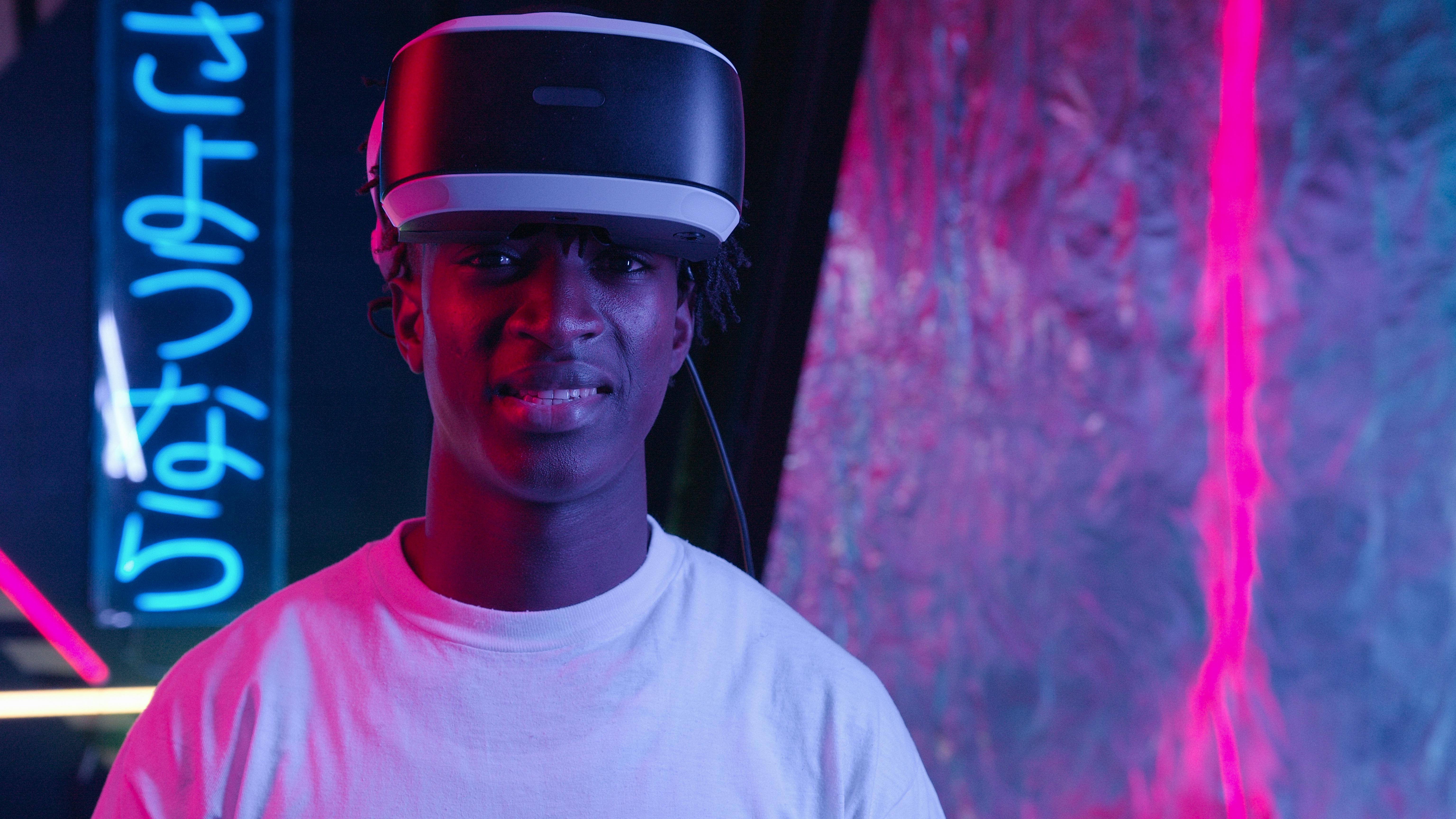Merging Realities: A New Wave in Virtual Reality Art
Virtual reality (VR) is not a new concept in the realm of technology, but its application in the art world is a burgeoning phenomenon. This article will delve into the evolution of VR art, its current state, and its potential impact on the future of artistic expression.

A Glimpse into the Past: The Birth of Virtual Reality Art
In the late 20th century, VR technology emerged primarily as a tool for video gaming and military training. However, it didn’t take long for artists to see the creative potential it held. The first VR art installations were created in the 1980s and 1990s when technology pioneers like Char Davies and Jeffrey Shaw started using VR in their work. These early pieces, though primitive compared to today’s standards, laid the groundwork for the immersive, experiential art forms we see today.
The Present Scenario: VR Art in Today’s World
Today, VR art is gaining momentum, with artists and museums worldwide adopting this technology to create immersive experiences that transcend the traditional confines of a canvas or sculpture. Art lovers can now step inside a painting, interact with art pieces, and even create their own art in a virtual environment. The recent COVID-19 pandemic has further amplified the significance of VR art, providing a safe and engaging way to experience art while traditional galleries remain closed or restricted.
The Artistic Movement: How VR is Transforming the Art Scene
VR art is not just a trend; it’s a movement that is reshaping the art world. It pushes the boundaries of artistic expression, allowing artists to create experiences that were previously impossible to achieve. With VR, artists can manipulate space, time, and perspective, opening up a realm of possibilities for creative exploration.
Moreover, VR art is democratizing art access. Anyone with an internet connection and a VR headset can explore world-class galleries and installations from the comfort of their home. This accessibility is revolutionizing how we consume and perceive art, making it more inclusive than ever before.
Looking Forward: The Future of VR Art
The future of VR art is limitless. As technology advances, artists will continue to push the boundaries of what is achievable in virtual spaces. We can expect to see more interactive, multi-sensory experiences that fully engage audiences in the artistic process.
Simultaneously, as VR becomes more mainstream, we’ll likely see more institutions and creators embracing this technology. This will lead to a proliferation of VR art experiences, further cementing its place in the art world.
The Significance of VR Art
VR art is more than just a novel form of artistic expression. It represents a new era in the art world, one that values inclusivity, innovation, and audience engagement. As we continue to navigate the digital age, we can expect VR art to play an increasingly significant role in how we create, experience, and understand art.
